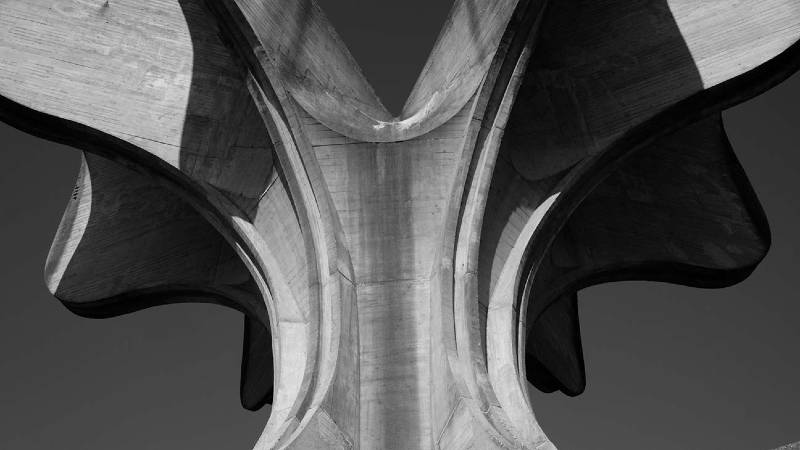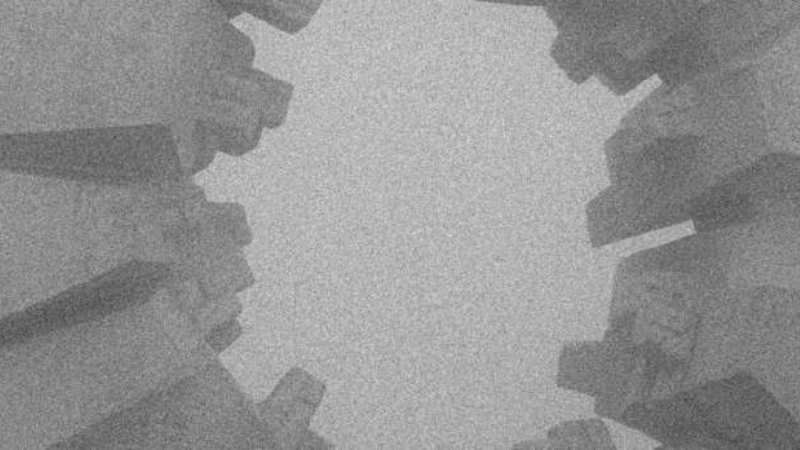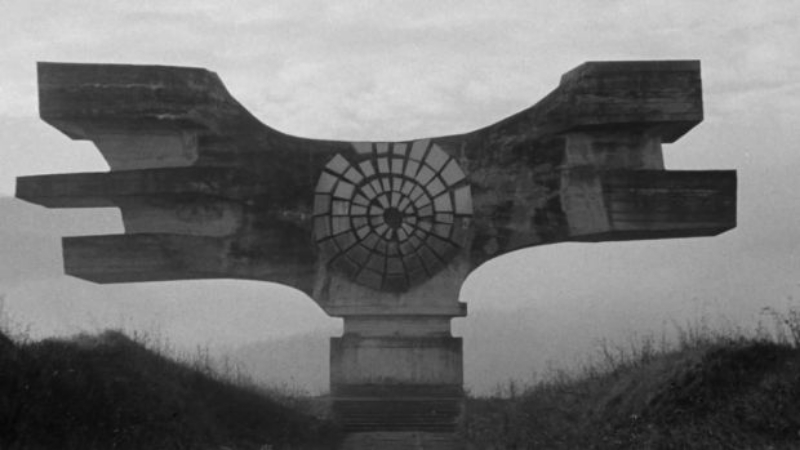Director – Jóhann Jóhannsson – 2020 – Iceland – 71m
****
Available on BFI Player (extended free trial offer here) from Thursday, July 30th
This is the only feature directed by the late and renowned composer Jóhann Jóhannsson who has been releasing albums since Englabörn (2002) and has provided the soundtracks for such films as The Miners’ Hymns (2010), The Theory Of Everything (2014), Sicario (2015) and Arrival (2016). Last And First Men was originally a multimedia project performed in Manchester International Festival in 2017 with the BBC Philharmonic orchestra. While its appearance on BFI Player is most welcome, there are plans to tour the film with a live orchestra in the future.
To describe the film as based on or an adaptation of Olaf Stapledon’s cult SF novel Last And First Men: A Story Of The Near And Far Future (1930) is both accurate and misleading. Accurate because the scripted monologue spoken by Tilda Swinton (a terrific voice performance that would be a pleasure to listen to on its own, no other sounds or images) which runs throughout the film is adapted from that source. Misleading because the film largely comprises live action cinematography of architecture beneath skies in rural landscape against a soundtrack of Jóhannsson‘s specially composed music and Swinton’s narration.

Whether the sound is set to the images or the images are set to the sound is impossible to say. Musicians have been known to draw inspiration from images or architecture but equally to compose music without being able to say what inspired it beyond the music itself. And Jóhannsson has a history of employing images as a backdrop to music performances.
If we are to play the game beloved of so many written reviews of cinema where the film is reduced to the narrative content of the script, and the script assumed to be the words spoken by the actors, we should look at the content of Swinton’s voice-over. She reads a message from about two million years in the future, from the last men on Earth to mankind in the present day, both offering and requesting help. She describes in some considerable detail the development and evolution of the human species in the interim period between us and them.
Then she describes the extinction level event now faced by the planet. An object colliding with the sun results in its heating up making life impossible within a vast radius of its centre.

Yet that narrative is only one part of the film’s soundtrack. Jóhannsson’s music is clearly another. Like works of art where music is a primary component – think musicals or opera – it can be hard to say whether the music or the plot is the driving element, but the music is definitely significant.
Actually musicals or opera aren’t a great comparison in that both feature sung vocals. If one thinks of movies employing music without lyrics, the classical concert programme of Disney’s Fantasia (1940) was definitely music led whereas Philip Glass’ score for Koyaanisqatsi (1982) is music composed for a selection of images. Jóhannsson’s film feels closer to La Jetée (1962) with its voice-over about a man from the future time travelling back to the past in search of a cure for a future malaise, although the music in that film clearly takes second place to the voice-over and images, both of which are heavily narrative.
Like the images in La Jetée, those in Last And First Men are mostly black and white. Unlike them they are live action rather than stills. (La Jetée describes itself as a photo roman or photo novel.) To provide imagery, Last And First Men’s cinematographer Sturla Brandth Grøvlen shot a great deal of footage of abstract, brutalist monuments known as Spomeniks erected in the Communist era former Yugoslavia.

At times these abstractly echo the narrative – when Swinton is talking about space travel, elements of these edifices suggest ships journeying through space – but mostly they’re more about mood, abandoned presences in a bleak landscape. There is some movement such as clouds passing slowly and occasional shots where the camera moves to traverse the architecture or rotate around it, but these images are not that far removed from stills photography.
Jóhannsson’s music is most certainly about mood, sits at the heart of this beautiful and complex work to evoke all manner of complex emotions as the voice-over proceeds. It would be a mistake to pigeon-hole the film as a music video.
Although the music very much takes centre stage, there is most definitely a narrative here, albeit one verging on the loose and abstract. The whole is a profound sensory and undeniably cinematic experience worthy of multiple viewings. While one hopes the BFI will be able to give this a proper theatrical outing in due course as circumstances permit, for the time being its appearance on BFI Player is most welcome.
Last And First Men is out on BFI Player (extended free trial offer here) in the UK on Thursday, July 30th.
Trailer here:
